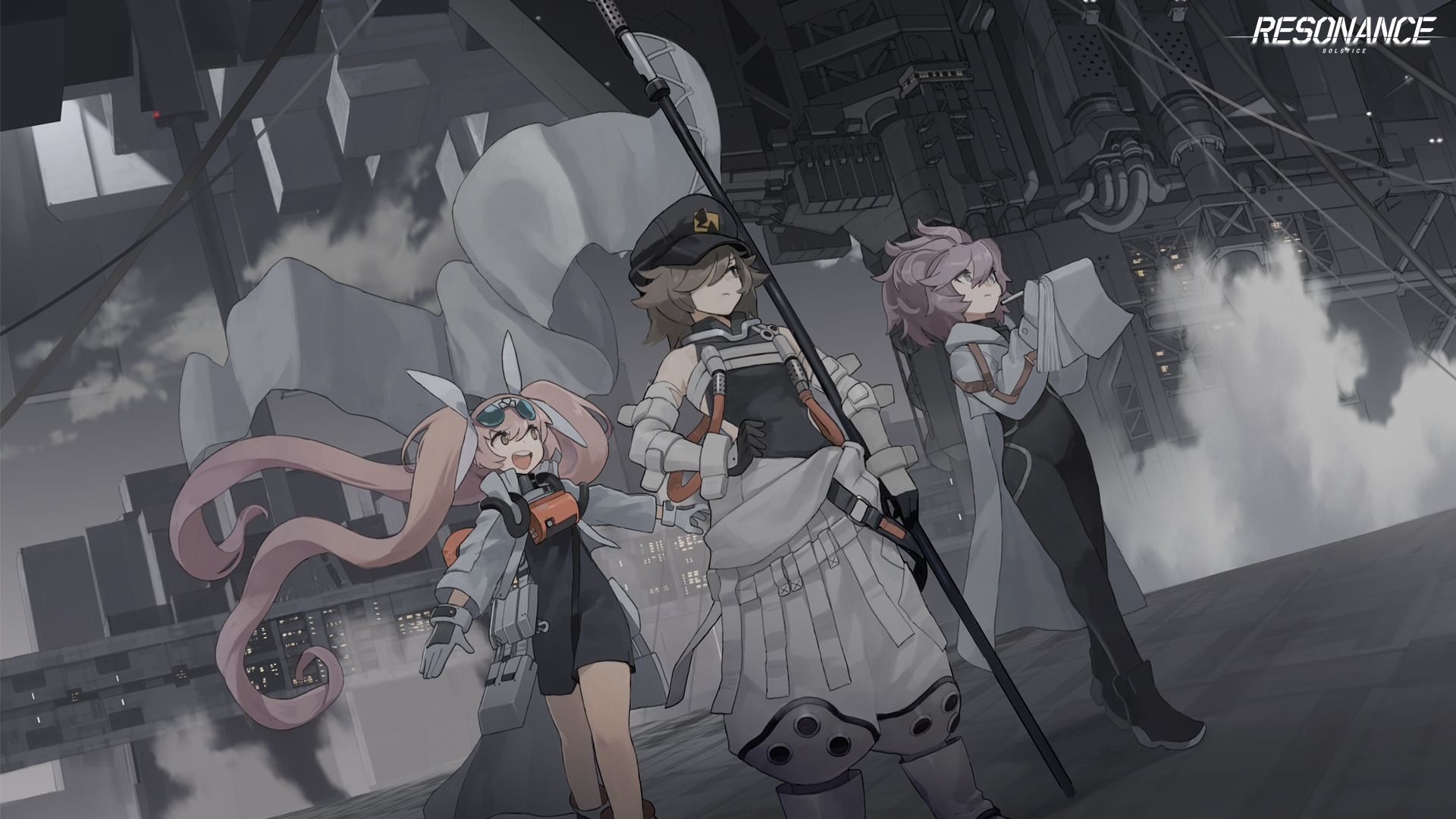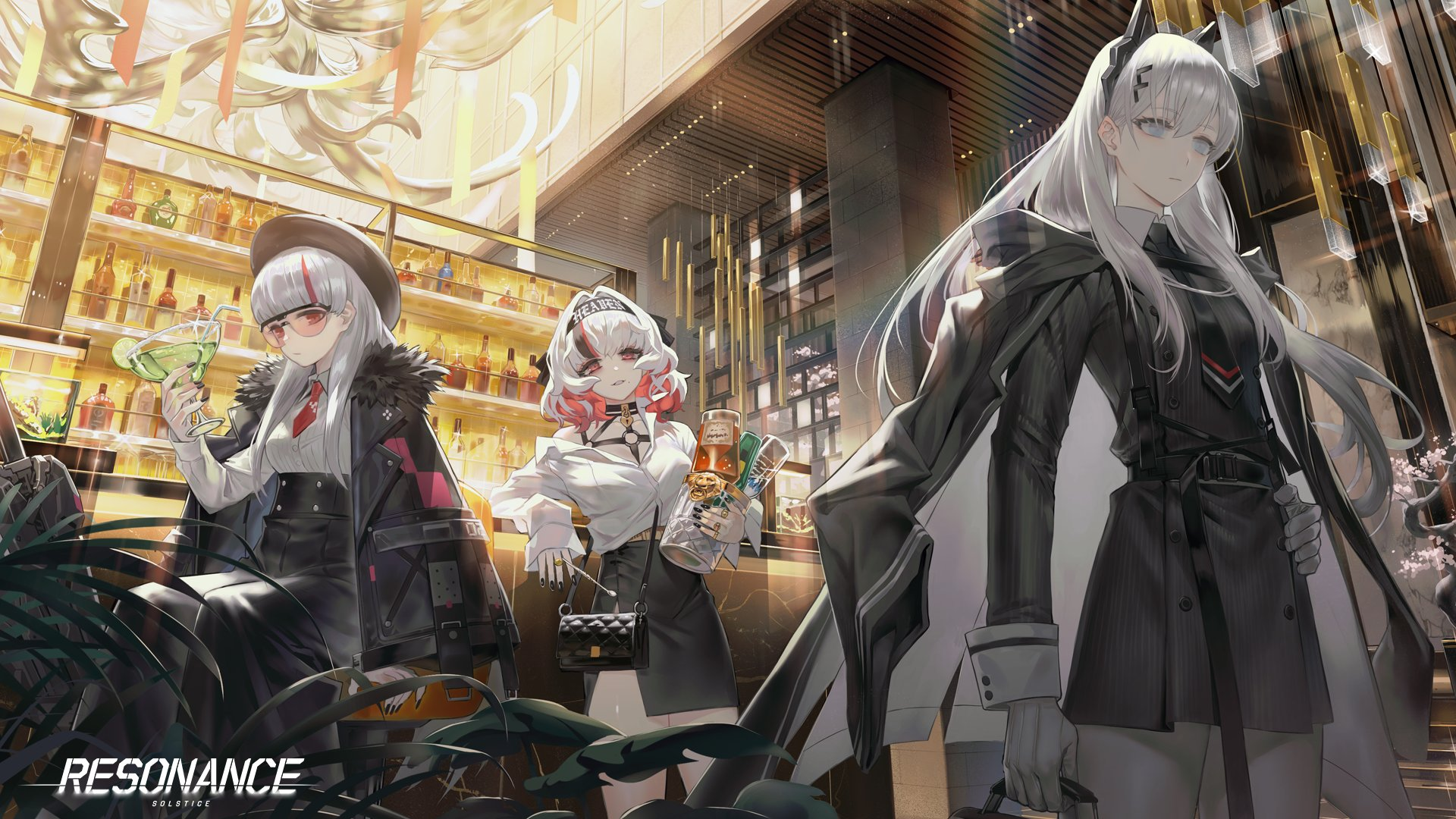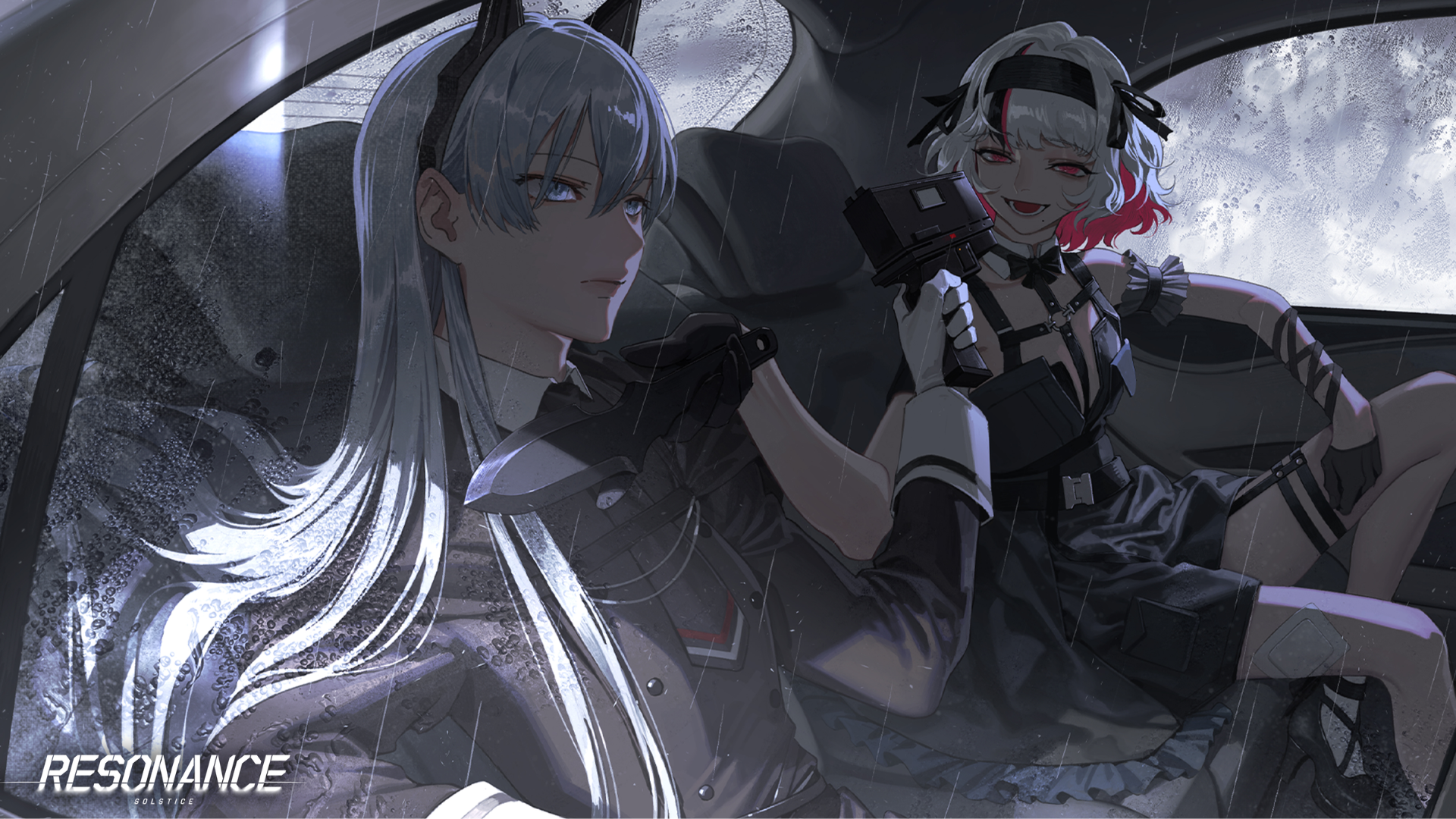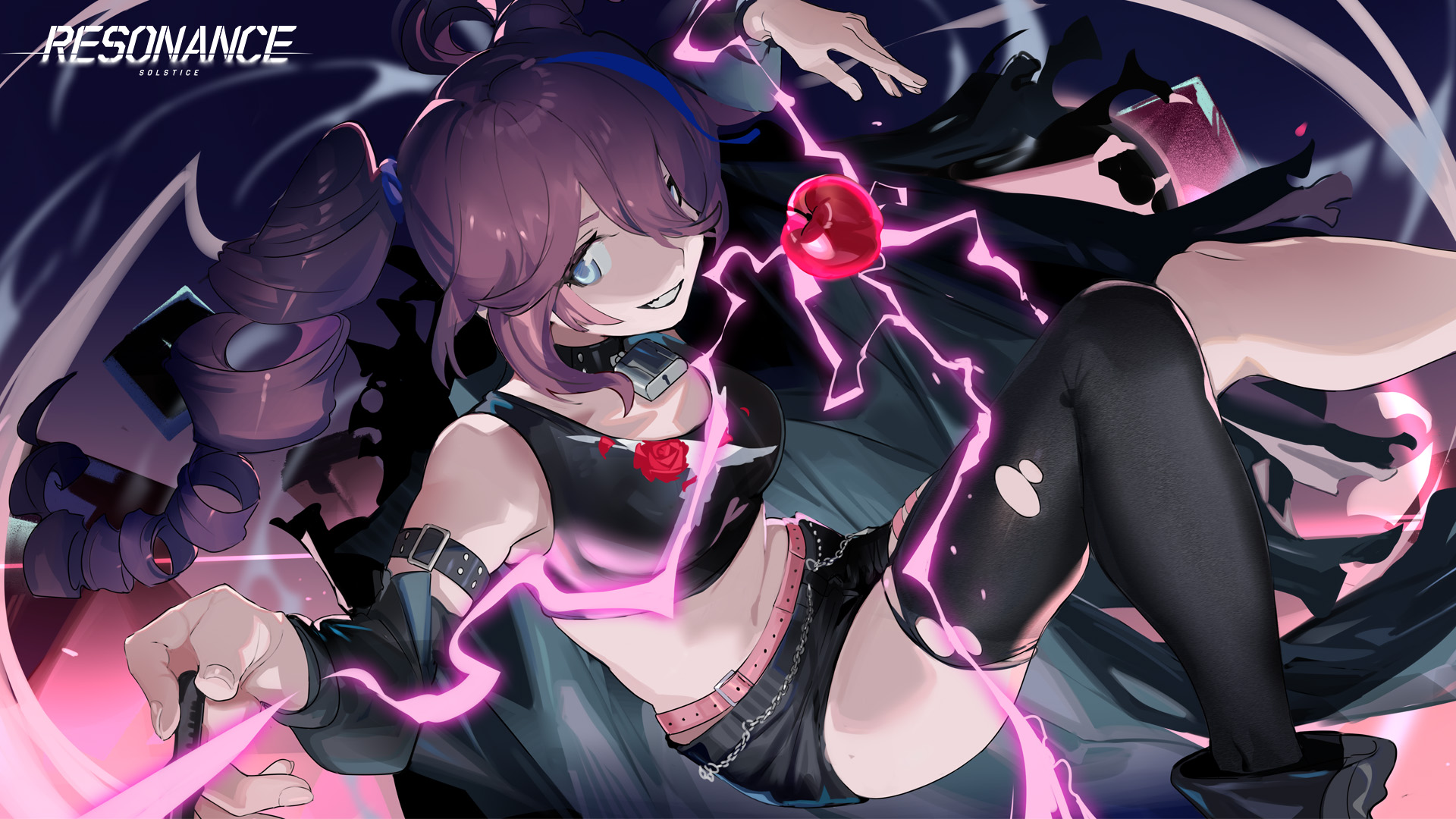Resonance Solstice Social Features: Guilds, Friends, and Multiplayer
Resonance Solstice takes a unique approach to social features compared to traditional gacha RPGs, emphasizing indirect player interaction through trading systems and economic cooperation rather than typical guild raids or friend-based dungeon grinding. While the game features guild-related content mentioned in tier list guides, including guild raids that yield premium resources, the social framework prioritizes asynchronous trading interactions and market-based cooperation that fit the game’s core identity as a train conductor rebuilding civilization through commerce. This comprehensive guide covers the guild system, friend features, cooperative trading mechanics, and multiplayer elements that connect conductors across the post-apocalyptic continent.
Guild System Overview
Guilds in Resonance Solstice provide structured group content and collaborative progression opportunities. Unlike combat-focused MMO guilds that center on raiding and PvP conquests, Resonance Solstice guilds blend economic cooperation with shared challenge completion.
Guild Benefits and Features
Guild Raids: Cooperative challenge content that yields 2-3× more premium crystals compared to standard solo missions. These raids require coordinated team composition and strategic planning among guild members to complete successfully.
Daily Event Rotations: Focus on daily guild events alongside guild raids for consistent resource generation. Participating in these scheduled activities provides valuable materials that accelerate train upgrades and character progression.
Shared Resources: Guild systems typically include collective progression goals where member contributions benefit the entire organization. While specific mechanics aren’t detailed in available sources, this follows standard gacha game design patterns.
Social Coordination: Guilds provide dedicated channels for conductors to coordinate trading strategies, share market intelligence about price fluctuations across cities, and organize collaborative delivery routes.
How to Join or Create a Guild
Based on similar gacha game patterns and references to guild membership in tier list discussions, players likely access guild features through:
- Guild Menu Access: Navigate to the social or guild interface from the main menu once your train progresses past initial tutorial stages.
- Searching for Guilds: Filter available guilds based on activity level, membership size, language preferences, and focus areas (trading-focused, raid-focused, casual).
- Application Process: Some guilds auto-accept new members while others require applications reviewed by leadership.
- Creating Your Own Guild: Players can establish new guilds using premium currency or special guild charter items earned through progression milestones.
Guild Contribution and Rewards
Active participation in guild raids and daily events generates both individual rewards and collective guild progress. Members who consistently contribute receive:
- Premium Crystals: 2-3× multiplied rewards from guild raid participation
- Exclusive Materials: Guild-specific crafting components unavailable through solo play
- Trading Bonuses: Enhanced market access or favorable pricing at certain cities
- Cosmetic Rewards: Guild emblems, train decorations, and special costumes
Friend System and Cooperative Trading
The trading system forms the heart of multiplayer interaction in Resonance Solstice. Rather than traditional friend-based dungeon parties, the game enables dynamic trade simulation where players interact through shared markets.
Real-Time Trading Mechanics
Each city represents a commerce hub connected through your train’s established routes. The trading system features:
Dynamic Supply and Demand: Market prices fluctuate regularly based on trade events, faction missions, and time-based scarcity. Player trading activity across the server influences these economic shifts.
Player-to-Player Transactions: Trade collected resources for high-demand items with other players. Purchase undervalued goods from conductors in production cities and resell them at premium prices in consumption centers.
Market Intelligence Sharing: Friends can share price information about their current locations, enabling profitable arbitrage opportunities for partners across distant cities.
Trading Optimization Strategies
Buy Low, Sell High: Industrial cities buy Mineral Alloys at premium prices while agricultural settlements prefer Processed Food or Medicine. Plan circular trade loops that invert resource flow between complementary markets.
Resource Cycling Routes: Establish profitable trading routes between 3+ cities. Buy surplus goods at discounted rates in production hubs, transport them via your COLUMBA train, and sell to resource-poor cities for maximum profit margins.
Collaborative Trading Networks: Friends coordinate delivery schedules to create efficient multi-conductor supply chains where specialized trains focus on specific commodity types.
Multiplayer Train Interactions
While Resonance Solstice emphasizes single-player train management and solo combat, several systems create indirect multiplayer engagement:
City Development and Shared Progress
Your trading actions raise city development levels, unlocking new contracts and long-haul missions for all players on your server. This cooperative progression means individual conductor contributions benefit the entire player community.
Shared Infrastructure: As cities develop through cumulative player trading activity, new facilities unlock including:
- Advanced marketplaces with expanded inventory
- Research facilities that provide server-wide technology bonuses
- Premium delivery contracts requiring coordinated multi-player efforts
Asynchronous Cooperative Elements
Market Board Systems: Leave resource offers that other players can browse and purchase even while offline. This asynchronous trading allows 24/7 economic activity without requiring simultaneous online presence.
Price Discovery Collaboration: Players contribute to collective market knowledge by reporting prices they discover during travels, creating community-maintained price databases that benefit all conductors.
Resource Donation Systems: Guild members can contribute excess materials to shared stockpiles, which less-developed conductors can access at reduced costs.
Social Features Comparison
Resonance Solstice’s social design differs significantly from traditional gacha multiplayer:
Building Your Social Network
Finding Compatible Conductors
Join Active Guilds Early: Consistent guild participation provides 2-3× resource generation compared to solo play. Prioritize guilds with regular raid schedules matching your playtime.
Establish Trading Partnerships: Connect with conductors who travel routes complementary to yours, creating symbiotic trading relationships where both partners profit from coordinated deliveries.
Share Market Intelligence: Use guild chat to report profitable trade opportunities, price crashes, or sudden demand spikes in your current location.
Maximizing Social Rewards
Daily Guild Event Participation: Focus on daily guild rotations alongside individual progression. These scheduled activities provide consistent premium crystal income essential for gacha pulls and train upgrades.
Coordinate Guild Raid Times: Schedule participation during peak guild activity periods to ensure sufficient members for clearing challenging content.
Contribute to Shared Goals: Active contribution to guild progression unlocks collective bonuses benefiting all members, creating positive-sum cooperation rather than zero-sum competition.
Social Feature Limitations
Unlike traditional MMO systems, Resonance Solstice appears to lack:
Direct Co-Op Combat: No evidence of real-time friend-based dungeon parties or synchronized battle content.
Friend Gacha Systems: Most gacha games feature friend point systems allowing bonus summons, which aren’t prominently mentioned in Resonance Solstice documentation.
PvP Elements: The game focuses entirely on PvE progression and economic competition rather than direct player-versus-player combat.
Resonance Solstice’s social systems emphasize economic cooperation through trading networks and guild-based collaborative progression. While lacking traditional real-time co-op dungeons or competitive PvP arenas, the game creates meaningful multiplayer engagement through shared markets, guild raids, and asynchronous trading interactions. Conductors who master these social systems through active guild participation and strategic trading partnerships accelerate their progression significantly while contributing to the collective rebuilding of civilization across the post-apocalyptic continent.



